Butter + Wine + Vinegar = Beurre Blanc
Beurre blanc is a French sauce made with butter and white wine. It is a simple sauce that is traditionally served with fish, shellfish, and vegetables.
The sauce is made by reducing white wine and shallots in a saucepan, then adding cold butter a little at a time, stirring constantly. The sauce should be smooth and creamy, and should not be allowed to boil or it will break.
It is a delicate sauce that requires a bit of attention to make, but it is worth the effort for its rich and creamy flavor.
Beurre Blanc Sauce History
The origin of this sauce is somewhat disputed, but it is generally thought to have been developed in the Loire Valley region of France in the late 19th century. The sauce is similar to a number of other butter-based sauces that have been popular in French cuisine for centuries, such as beurre blanc and beurre noir.
It is likely beurre blanc evolved from these earlier sauces as a way to add richness and flavor to dishes without overwhelming the other flavors. Today, beurre blanc is a classic French sauce that is enjoyed all over the world.
Ingredients
The traditional ingredients for beurre blanc sauce are:
- White wine
- Vinegar
- Shallots
- Cold butter
- Salt
- White pepper (optional)
How Is It Prepared?
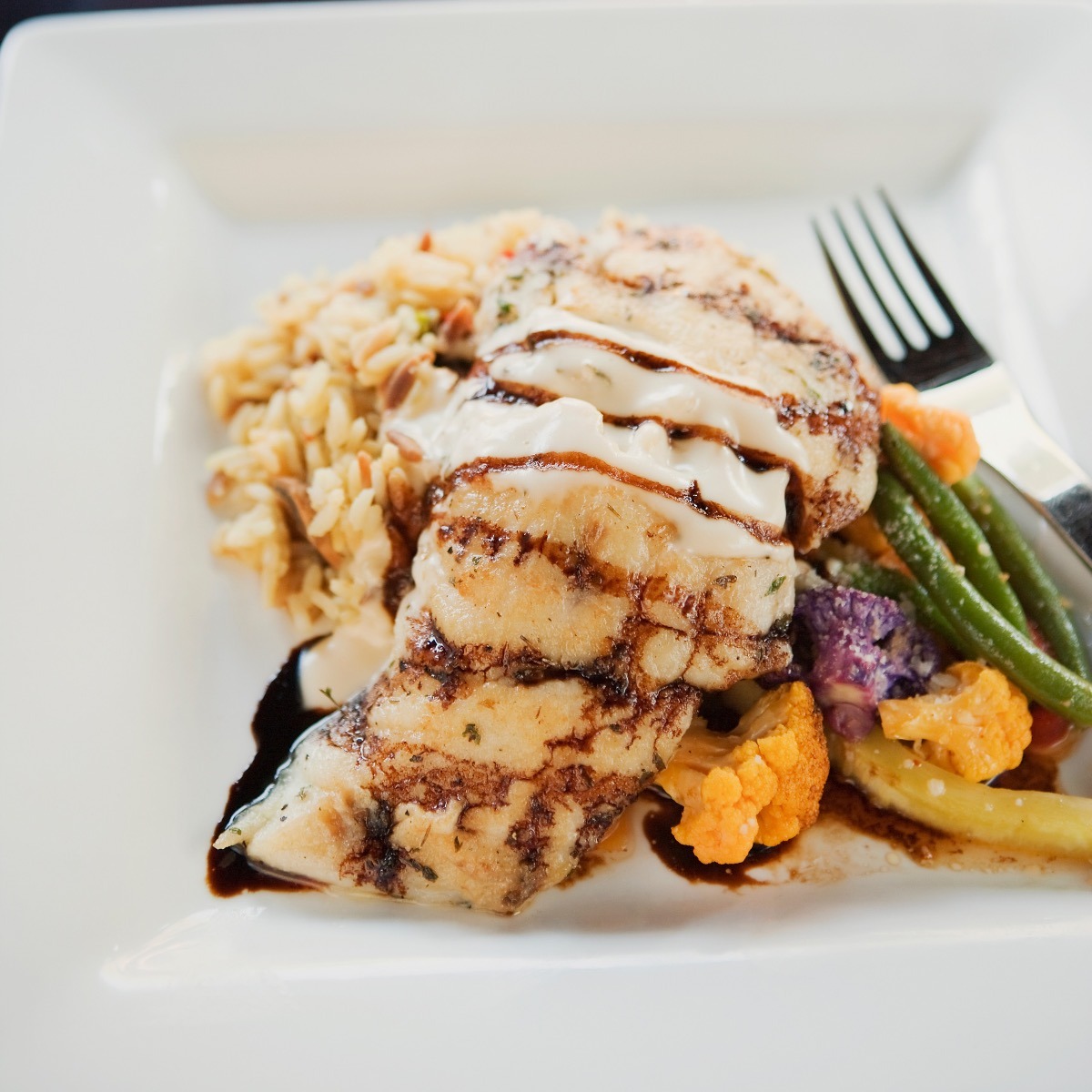
To make the sauce, you will need to reduce the white wine and shallots in a saucepan over medium heat until the liquid is almost gone. Then, add cold butter a little at a time, constantly stirring until the butter is fully incorporated and the sauce is smooth and creamy.
You can add a pinch of salt and white pepper to taste if desired. It’s important to keep the sauce from boiling, as this can cause it to break. Beurre blanc is a delicate sauce that requires a bit of attention to make, but it is worth the effort for its rich and creamy flavor.
How Do You Prevent a Beurre Blanc Sauce from Breaking?
There are a few steps you can take to prevent a beurre blanc sauce from breaking:
- Keep the heat low: Be sure to keep the heat low when making beurre blanc sauce. If the sauce gets too hot, it can break.
- Use cold butter: Add the butter to the sauce a little at a time, and be sure to use cold butter. Cold butter will incorporate more easily into the sauce and help to prevent it from breaking.
- Stir constantly: Be sure to stir the sauce constantly as you add the butter. This will help to evenly distribute the butter and prevent the sauce from separating.
- Don’t let the sauce boil: Be sure not to let the sauce boil, as this can cause it to break. Keep the heat low and stir constantly to ensure that the sauce stays smooth and creamy.
By following these tips, you can help to prevent your beurre blanc sauce from breaking and ensure that it turns out smooth and creamy every time.
What Other Sauces Start with Beurre Blanc Sauce?
Some examples of sauces that can be made using beurre blanc as a base include:
- Beurre rouge: a sauce made by adding tomato puree or tomato ketchup to beurre blanc. It is typically served with fish or seafood.
- Beurre blanc aux fines herbes: a sauce made by adding chopped fresh herbs to beurre blanc. It is often served with chicken, fish, or vegetables.
- Beurre blanc au poivre: a sauce made by adding crushed black pepper to beurre blanc. It is typically served with steak or other meats.
- Beurre blanc aux agrumes: a sauce made by adding citrus juice, such as lemon or orange, to beurre blanc. It is often served with seafood or chicken.
These are just a few examples of the many variations of beurre blanc sauce that can be made by adding different ingredients to the basic recipe. The versatility of beurre blanc makes it a popular choice for many different types of dishes.
Beurre Blanc Sauce Recipe
Ingredients
- 1 cup dry white wine
- ¼ cup white wine vinegar
- 2 shallots minced
- 1 cup butter cold and cut into small cubes
- salt and pepper to taste
Instructions
- In a small saucepan, combine the white wine, white wine vinegar, and minced shallots. Bring the mixture to a boil over medium heat, then reduce the heat to low and simmer until the liquid is reduced by half.
- Gradually add the cold butter, a few cubes at a time, constantly stirring until the butter is fully incorporated and the sauce is smooth and creamy. Be careful not to let the sauce boil, or it will break.
- Season the sauce with salt and white pepper to taste.
- Serve the beurre blanc sauce immediately, or keep it warm over a double boiler until ready to serve.

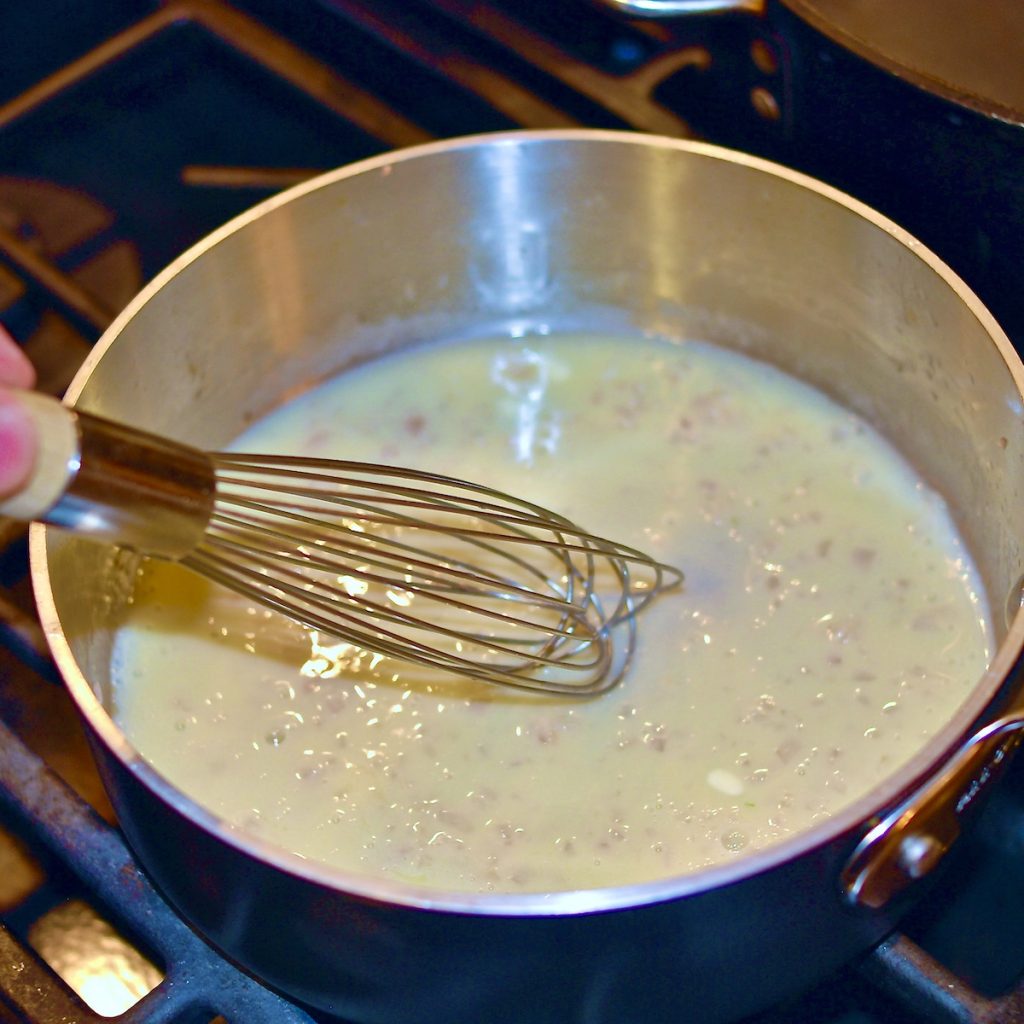




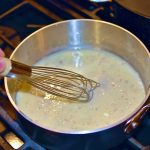
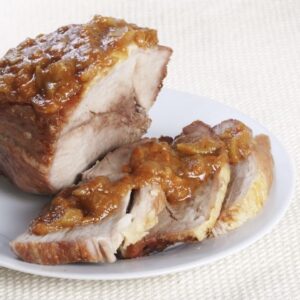
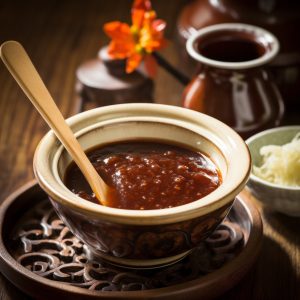
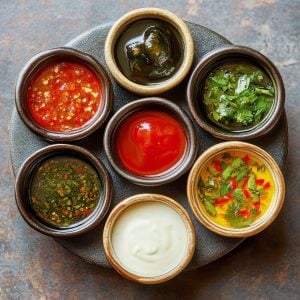
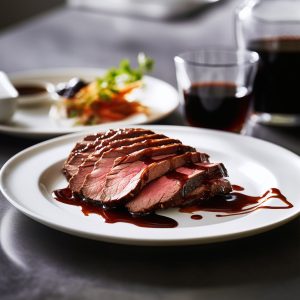
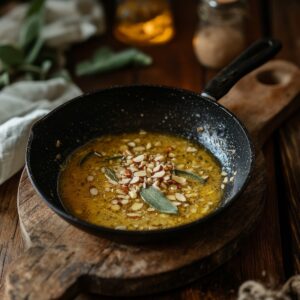
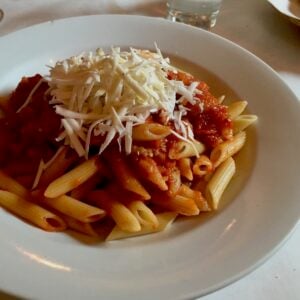
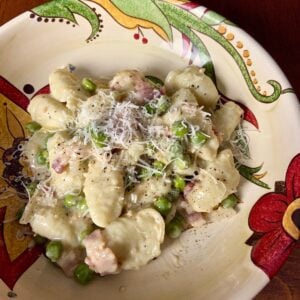
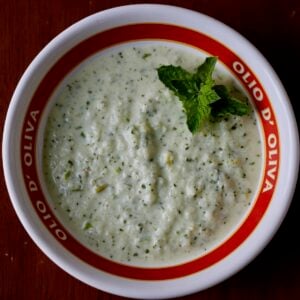


8 Responses
Great post about one of the most versatile sauces so many people are afraid to even try.
When we get our affiliate program up and running this week you’ll be able to embed the video you linked to right into your blog to keep readers in your space.
what level of heat during first step of reducing wine/vinegar mixture?
Hi Steve, let me ask Chef Mark who contributed this post on this sauce. – RG
High heat to facilitate the speed of the reduction. Lower to medium for the introduction of the butter though.
The instructions are correct. I was taught to start with white wine, Chablis, shallots, garlic,and two peeled lemons. Reduce,then add butter as formentioned. I intend to add dill, tarragon, and thyme to my mixture while reducing and straining. Then add the same fresh herbs to Finish the beurre blanc,and drizzle over seasoned pan seared Pollock fillets.
Thank you Chef Girard for contributing. – RG
if you are reheating cold burre blanc what temperature does it need to reach to be safe to serve?
Hi Joyce, great question so I asked my friend Chef Jenni to reply and here is what she said –
Trying to reheat a beurre blanc, especially to heat it to well above the upper limit of the danger zone, is an exercise in frustration and futility. A beurre blanc is nothing more than some reduced wine and/or vinegar along with some shallot. To this base, you add softened butter a bit at a time to make an emulsion. It is rather like a Hollandaise in that way, but it is more delicate since there are no eggs or yolks in the formula to assist in emulsification.
For this reason, a beurre blanc is very delicate and should be made a la minute (at the last minute), or as close to serving as possible and then kept warm in a Thermos-type bottle or in a double boiler over just hot, not boiling, water. If you want to get a jump on dinner, you could make the reduction base the day before, heat it up the day of serving to about 150F–well outside the temperature danger zone. Then, you’ll want to let it cool a bit before mounting in your butter.
sure is a whole lot of shallots…3 medium shallots or 3 Tablespoons of shallots???
Trudy, 3 shallots is not that much for 24 tablespoons of butter. Maybe the recipe is to much for most folks but if you cut it in half, that would be 1 to 1 1/2 shallots which seems right.
also, any chance of a metric conversion chart somewhere on the recipe area?
My scale weighs in metric and I attended a French Pastry School where everything we did was in Metric but some of my students other than having a scale, don’t have a clue. It would be handy for some readers/cooks especially the liquid measures for some. I really am thrilled that I found your site/blog I would rather prepare in metric than convert once one does everything in Metric for a while it is so much more precise….but the metric only may prevent a few from giving a recipe a try….
Thanks for listening. Keep them coming! You have a FAN!
I was looking for a recipe and found a treasure!
Thanks Trudy for the kind words. Did you see the converter in the footer of every page? It has conversions for ounces to liters but I’ll have to work on weights next.
My entire first week of culinary school was doing recipe conversions, followed by the next two years of doing recipe conversions from metric to standard and vice versa haha, wish we could’ve had a scale that did it for us.